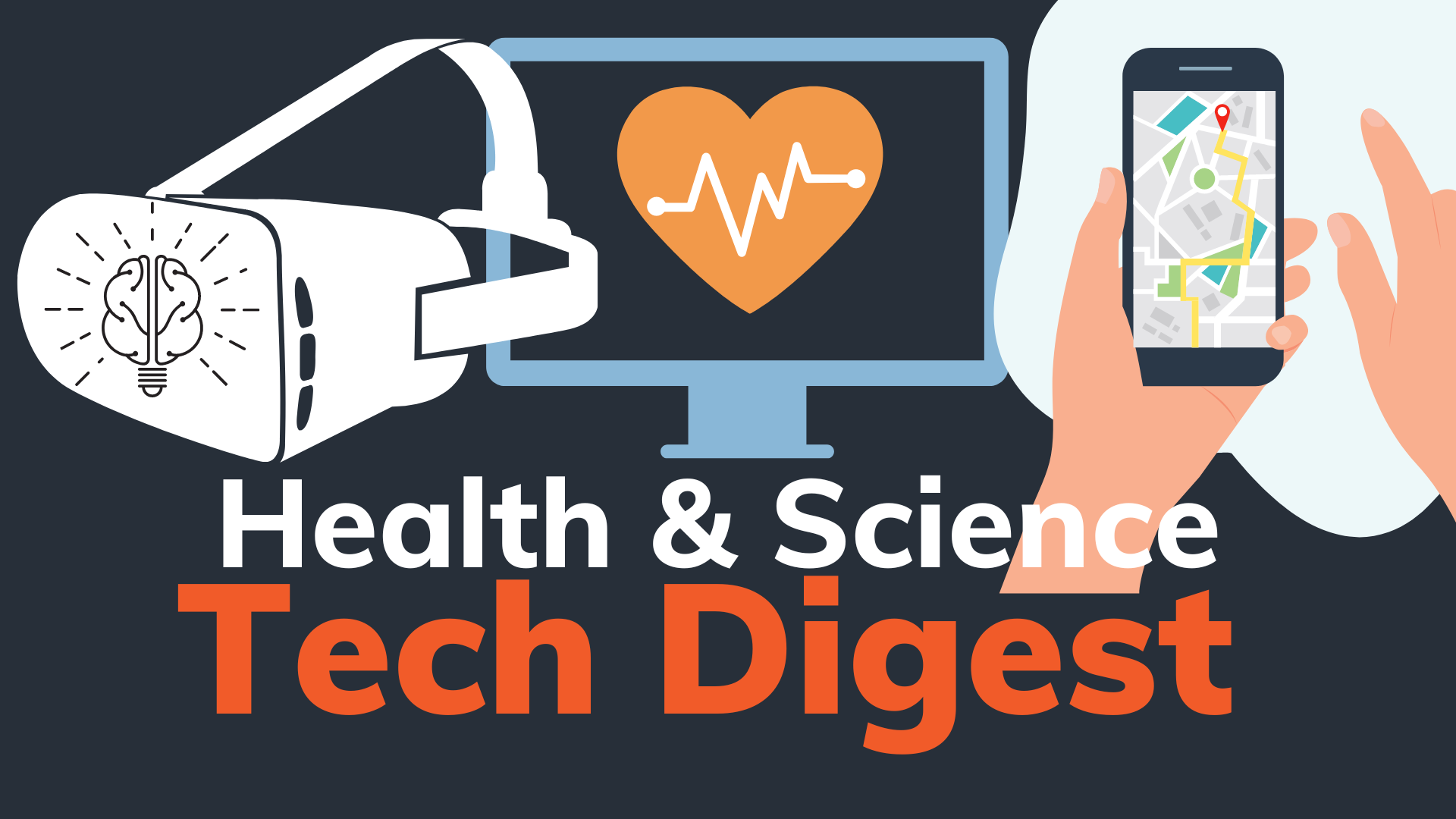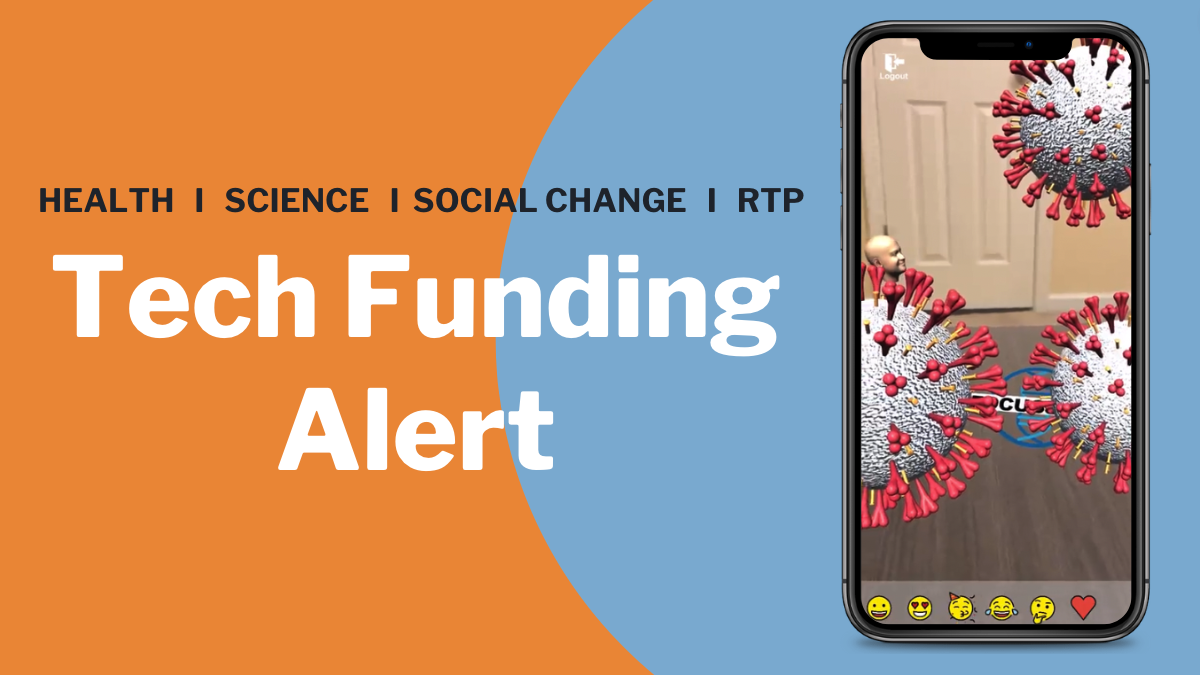The idea of a virtual or simulated reality has been around for decades and even centuries if you consider early attempts in the 1800s to immersive viewers in panoramic painted battle scenes. As people dreamed and thought of the possibilities of what a VR future might mean for the world, the outlook wasn’t always positive. Just consider Ray Bradbury’s 1950 ‘The Veldt’, a futuristic vision of a smart home where children were entertained in a fully immersive and simulated nursery - wherever you wanted to be, there you were - sights, smells, and weather conditions included! All was good and well until the children decided the nursery was better than their parents, and fed them to the (simulated) lions… literally.
Is Virtual Reality Really a Promising Health Opportunity?
Even with such dismal portrayals for the future of virtual reality, hope was maintained that VR could one day become a great asset to humanity. As we near the end of this decade and approach 70 years after the publication of ‘The Veldt’, here at CrossComm we are indeed firm in our belief that the asset to humanity aspect of VR is already well on its way to realization. So, what are the promising opportunities of virtual reality?
Let us consider a few provider and consumer based applications.
On the provider front, the first page results for a simple Google search of ‘hospitals and virtual reality' shows 8 different hospitals who are using VR to achieve patient pain management, consultations with patient families, education for residents, future hospital layout, and pre-surgery preparation for surgeons heading into complex situations. Simply put, VR (and AR) is ALREADY actively making a striking difference for providers across a broad spectrum of use cases.
Stanford's Children Hospital: teaching and consultations, helping families to understand some of the most complex heart conditions in their children.
Cedars-Sinai Medical Center: distraction for pain like intravenous line inserted and labor
McLaren Greater Lansing: visualization of new hospital construction to ensure layout is optimal
Starlight Children’s Foundation & Summerlin Hospital: experiences to hospitalized children
Masonic Children’s Hospital: visualization of conjoined twins to help doctors prepare for surgery by venturing ‘inside’ their bodies ahead of time
Lahey Hospital & Medical Center: vascular specialists visualize aneurysms and blocked arteries to determine the best approach
Shriners Children Hospital: pain management on burn victims, some which report up to a 50% decrease in regular pain
Wayne State University: this one isn't on the first page, but as they're a CrossComm client I felt the need to brag. Dr. Javanbakht is seeing promising results using a Microsoft Hololens to facilitate exposure therapy.
On the consumer front, organizations like the Virtual Reality Institute of Health and Exercise are leading the charge to measure the caloric impact of VR games. Historically, video games have had a negative rap in relation to physical health. However, the advent of VR gaming actually brings some positive physical health implications.
My doctor always reminds me to exercise more, but when it’s blazing hot in the North Carolina summers you’d be hard pressed to find me (purposefully) sweating in the oppressive humidity. But playing Beat Saber, Audio Shield, or Holopoint for 30 minutes and matching the caloric burn of playing tennis, biking, and swimming… I think yes! For an exercised deprived and entertainment hungry society, VR might just be the personal health catalyst that can make a substantial dent in the $117 billion dollars of annual healthcare expenditures related to inadequate physical exercise.
Beyond exercise, consumer based VR presents the opportunity for healthcare information and activity to enter into the home in a new and exciting way. How many times do physical therapists remind patients to do certain therapy exercises at home, only to know they will never do them? Or how many people try to use meditation and mindfulness to help overcome anxiety only to find the process to difficult and abandon the effort?
Virtual reality offers a mechanism to encourage individuals in healthy practices at home, like guided PT sessions where they could mimic movements, or more immersive mindfulness sessions where studies have shown significantly higher state mindfulness levels after VR mindfulness intervention. At a ranging cost of $200-$1000, VR presents an affordable mechanism for consumer grade at home health that should be seriously considered in any comprehensive health plan. In addition with Oculus' upcoming standalone Quest headset this will allow for a full room-scale 6DoF virtual reality experience at a $400 price point without the cumbersome cables required for a PC based VR experience.
The promising health opportunities associated with VR’s practical emergence are far reaching and encouraging. As we continue to integrate VR into provider locations and consumer homes, we must continue to foster an environment of experimentation and collaboration to identify the most impactful applications to comprehensive health.
Once just an idea of futurists, virtual reality is now reality.



